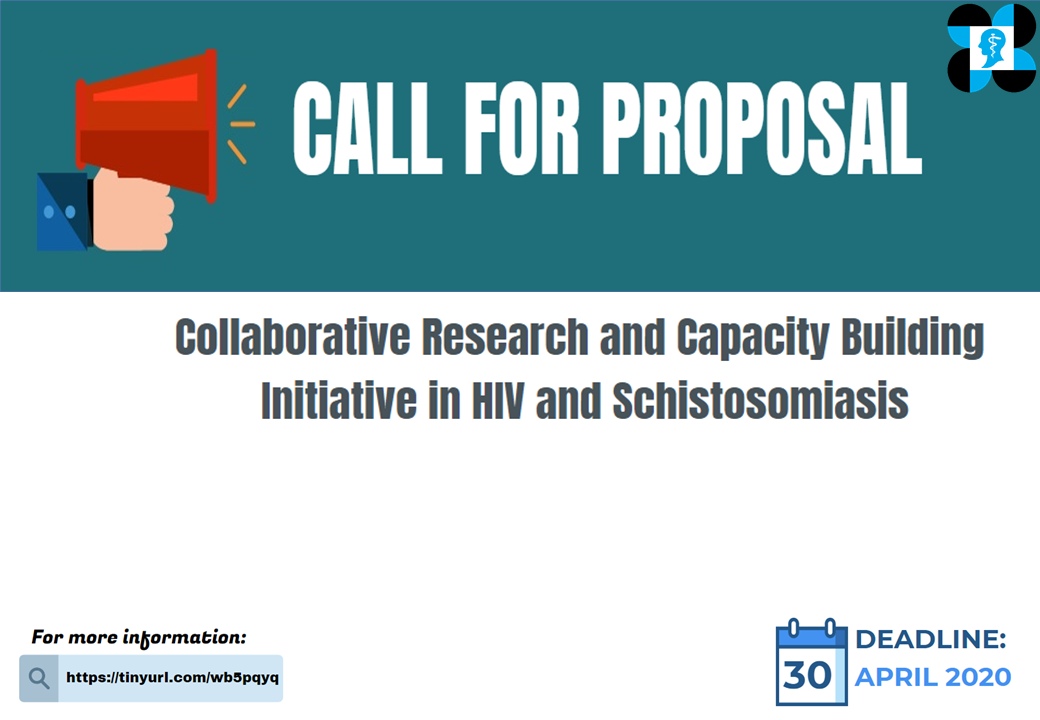TECHNOLOGY against the Covid-19 pandemic.
This is the theme of the Department of Science and Technology (DOST)’s science, technology, and innovation (STI) initiatives in these critical times as the viral contagion continues to sweep the world.
To realize its objectives, the DOSTD is promoting new technologies and innovations as the Philippines strive to stave off and stop the spread and transmission of Severe Acute Respiratory Syndrome-CoronaVirus-2 (SARS-CoV-2).
Given by the World Health Organization (WHO), SARS-CoV-2 is name of the virus that causes Covid-19, also earlier tagged as the 2019-novel coronavirus (2019-nCoV).
The virus has been sweeping the world since China authorities reported its emergence to the WHO in December 2019. Some news reports said the coronavirus contagion may have started infecting people as early as November in Wuhan City, Hubei Province, China. Wuhan was then branded worldwide as the infection’s epicenter.
Across the globe, the pandemic has at present, April 8, 2:55 p.m., Manila time, 1,431,900 confirmed cases, the United States topping the most number of incidence at 399,886; Spain is now second with 141,942; and, third, Italy — 135,586. And so on.
The number of fatalities worldwide at 82,172 is topped by Italy, 17,127; Spain, 14,045; and France, 10,328 are the top three.
Recovered patients from the virus is now at 301,417.
All figures are from the Covid-19 Dashboard of the American Johns Hopkins University (JHU), Baltimore, Maryland.
In the Philippines per the Department of Health (DOH), as of April 7, 4 p.m., 104 new cases have been registered lifting the total nationwide to 3,764 Covid-19 cases. It added that 11 patients have recovered for a total of 84 recovery. Number deaths, meanwhile, rose to 177.
Leveraging technology and innovation
In the digital world, Big Tech companies have leveraged technologies to understand, fight, and try to stop the pandemic in more than 180 countries.
Through the DOST under Secretary Fortunato T. de la Peña and its various attached agencies, the Philippines has also been leveraging technologies and innovations to help the national government “flatten the curve” of the coronavirus’s spread.
One of the agencies is the Philippine Council for Industry, Energy and Emerging Technology Research and Development (DOST-PCIEERD), which has unveiled and is offering six technologies that are currently being developed by Filipino innovators.
These ranges from nano-enhanced sanitizers to mobile AI-powered thermal scanners, and the technologies are DOST’s quick response to the ongoing pandemic that has endangered the lives of many Filipinos
DOST Undersecretary for Research and Development (R&D) Dr. Rowena Cristina Guevara lauded the Filipino researchers who came up with these timely innovations.
“We thank our Filipino researchers for making change happen through these technologies that we are working on. We hope to see them soonest in the hands of our front-liners and the general public who is greatly affected by Covid-19,” she said.
PCIEERD Executive Director Dr. Enrico C. Paringit expressed support to Filipino researchers who will be generating these technologies, hailing their immediate response to the need.
“As leader and partner in enabling innovations in the country, DOST-PCIEERD will guide our researchers in providing solutions to the challenges on hand. We will maximize the use of our technologies to support our frontliners and help in our fight against Covid-19,” he said.
Here are the six technologies that are now being developed:
- Mobile AI-enabled Thermal Scanners. In partnership with DWARM Technologies; Far Eastern University (FEU) Institute of Technology Innovation Center; UPSCALE Innovation Hub; Orbital Exploration (OrbitX) Technologies; and PLDT InnoHub, six artificial intelligence-powered thermal scanners mounted on drones will be produced initially to easily scan and pinpoint people with high body temperature. These drones provide real-time data transmission, are equipped with GPS, and has a 2-km range for communication. This technology will shorten the queuing of people and minimize contact between individuals in checkpoints. Initially, six units will be produced for testing and deployment in selected local government units (LGUs).
- Nanotechnology-enhanced Sanitizers. The Central Luzon State University (CLSU) Nanotech Laboratory produced a nanotechnology-enhanced ethyl alcohol and hand sanitizer that contains zinc oxide nanoparticles infused with turmeric extract, a mixture proven that is effective against H1N1 influenza and SARS viruses –which are both coronaviruses. Thus, applying such to surfaces could be effective in deterring the spread of Covid-19. The laboratory is also developing washable mask using nanofiber as a “filter.”
- 3D-printed face shields. The Advanced Manufacturing Center (AMCEN) and the Additive Manufacturing Research Laboratory (AMREL) of the Bataan Peninsula State University (BPSU) are currently producing 3D-printed face shields for health workers.
- Reusable face masks. The Philippine Textile Research Institute (DOST-PTRI) is working on the production of 500,000 reusable and washable (RW) face masks for up to 50 times.
- Big Data Analytics for Quarantine Policies. The De La Salle University (DLSU) is currently pursuing Big Data analytics and transportation network analysis to support traffic management during the enhanced community quarantine (ECQ) period. The simulation results showed relative intensities of incoming traffic to Metro Manila at various entry points. This will be of used for those managing the checkpoints (Philippine National Police and Armed Forces of the Philippines) in the periphery of Metro Manila.
- Pinoy Animation Laban sa Covid-19. In coordination with the Toon City Academy (TCA) six infomercials on several Covid-19 infographics for public health awareness will be produced. Four are now being aired in mainstream and social media and two more will be aired soon. Topics covered include proper hygiene, community quarantine, social distrancing and proper verification of information. TCA has ongoing Project on Original Content Development and will tap the graduates of the animation training from Dagupan City, Pangasinan, to produce the contents.
By EDD K. USMAN
Twitter: @edd1819, Instagram: @bluestar0910, Facebook: SDN – Science, Digital & Current Affairs






